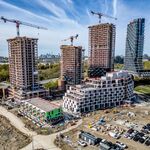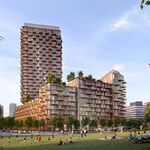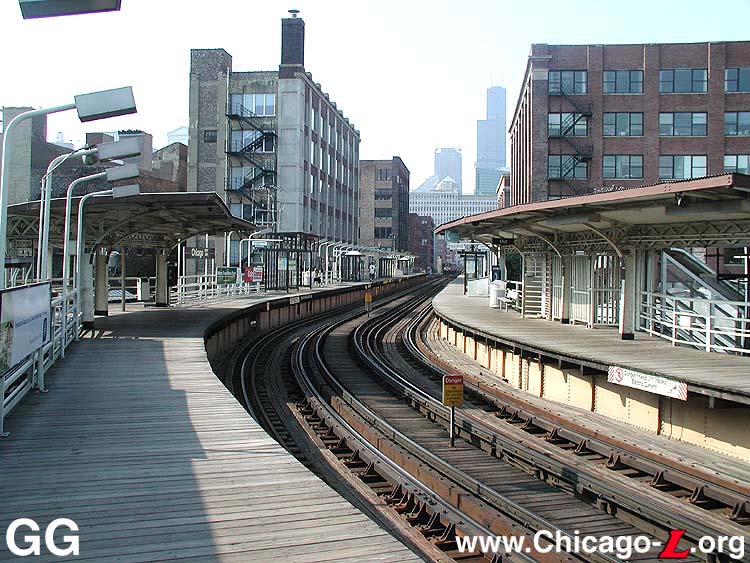This.
The need to wait for traffic lights and more importantly tight spacing is why I am lukewarm about the LRT (and transitcity for that matter). We need rapid transit, and Eglinton in my understanding, will not be rapid. I have never seen another city with equally tight spacing between subway stations, not to mention our streetcars. Paris with several times of our density doesn't seem to space their stations that tight.
And also, I am not in favour of a system where people will wait in the open or semi open stations for a train to arrive, considering how cold and long our winters are. The stations have to be fully enclosed and heated in the winter. Otherwise, it is a NO for me as it reduces the comfort dramatically and will force people to drive a car instead.
Firstly, the Paris metro DOES have very tight stop spacing. Most in the central area are 300-500 meters (check Google maps, it's also pretty clear if you ride it in person). Of course that's appropriate for dense urban central Paris. It's also similar Their metro is also very narrow like the LRV's by the way. Downtown Toronto is also about 500m as it should be.
Much of central Eglinton is fairly urban, with apartment buildings, streetcar suburbs and storefronts similar to most parts of Bloor/Danforth like High Park, Greek town. Therefore I think stop spacing similar to Bloor is appropriate, ~600m. Local and medium distance matters as much as regional.
Having said that I'm OK with a few of the East surface stops being removed, but there will be public opposition.
I don't think waiting for a traffic light is as much of a disaster as many who oppose at-grade ROW transit. Firstly, it seems like the average traffic lights spacing is further apart on Eglinton East vs say Spadina. Secondly there will apparently be traffic light sync. Thirdly, I don't think slowing down for a limited amount of time occasionally is a huge problem. On the Yonge line, going North past Sheppard, the trains always stop in the middle of the tunnel for 10-30 seconds, several times, waiting for the next train. Going south at Davisville, there is a slowdown due to track issues.
In my opinion, transit enthusiasts often over-estimate the importance of speed, and under-estimate the importance of frequency, reliability & being protected from traffic. I've had people tell me that the St. Clair streetcar "is basically a subway", because it's protected from traffic. This is especially true as traffic gets worse and worse.
Finally the thing about being outdoor vs indoor: people have already pointed out Rosedale or High Park station, also look at Viva's BRT stations. They are surface at-grade stations with heated enclosures. Also I will point out most people currently start their trip on a bus waiting outdoors.






